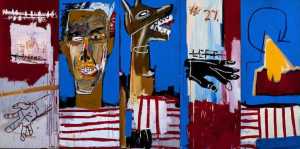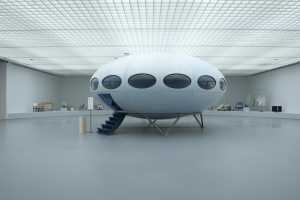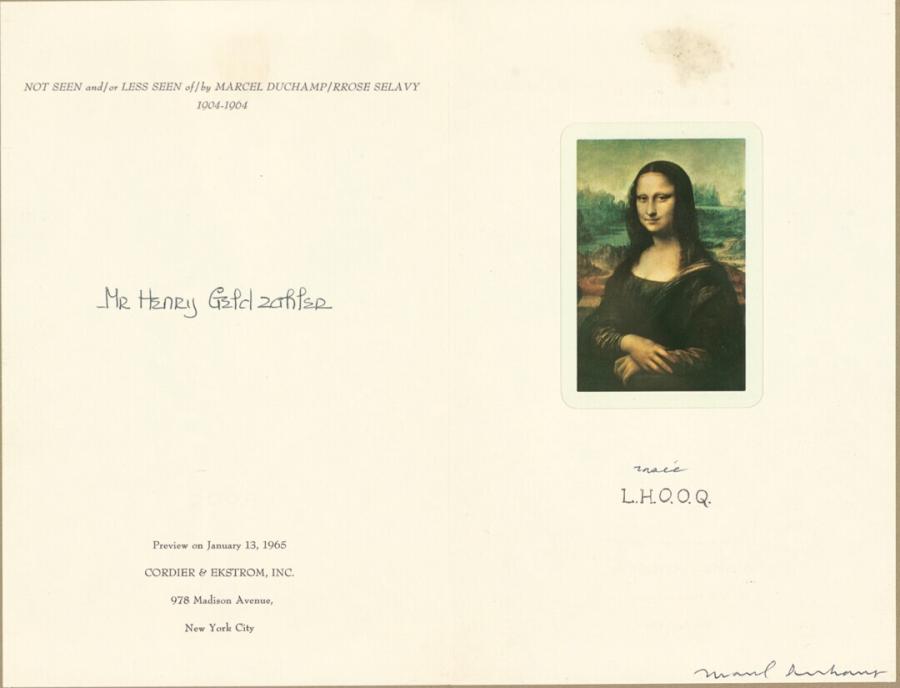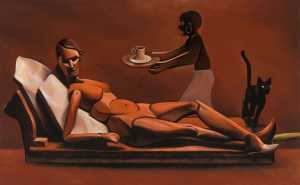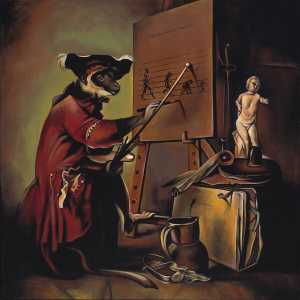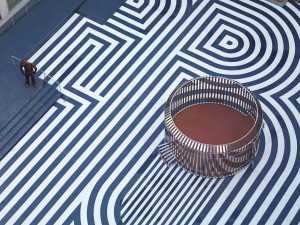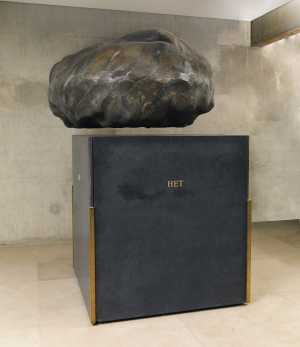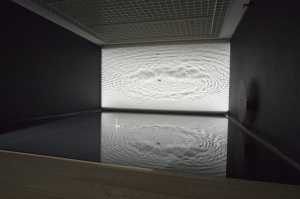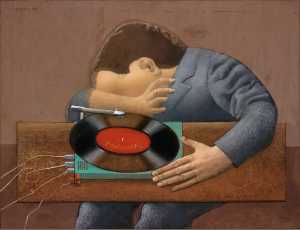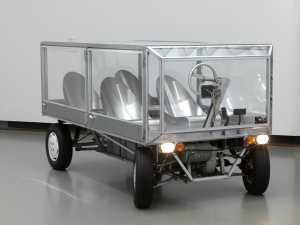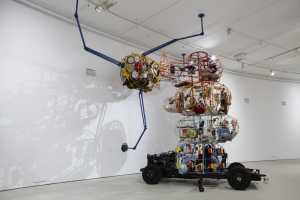Specifications
| Title | rasée L.H.O.O.Q. |
|---|---|
| Material and technique | Offset on paper |
| Object type |
Special occasion print
> Print
> Two-dimensional object
> Art object
|
| Location | This object is in storage |
| Dimensions |
Height 210 mm Width 277 mm |
|---|---|
| Artists |
Artist:
Marcel Duchamp
|
| Accession number | MB 1996/3 (MK) |
| Credits | Purchased 1996 |
| Department | Modern Art |
| Acquisition date | 1996 |
| Creation date | in 3 januari 1965 |
| Provenance | Henry Geldzahler, New York 1965-96; Christie’s New York, 8 May 1996, lot. 140 |
| Exhibitions | London 1966*; Milan 1972-73*; Philadelphia/New York/Chicago 1973-74*; Paris 1977*; Venice 1993*; Rotterdam 2010 |
| Research |
Show research A dream collection - Surrealism in Museum Boijmans Van Beuningen |
| Literature | New York/Philadelphia 1973, p. 315, cat. no. 185; Tomkins 1997, p. 436; Naumann 1999, pp. 257, 259; New York 1999, p. 257, fig. 312; Schwarz 2000, p. 849, cat. no. 615; Von Berswordt-Wallrabe 2003, pp. 212-13; Marcadé 2007, p. 484 |
| Material | |
| Object | |
| Technique |
Offset print
> Mechanical
> Planographic printing
> Printing technique
> Technique
> Material and technique
|
Do you have corrections or additional information about this work? Please, send us a message



